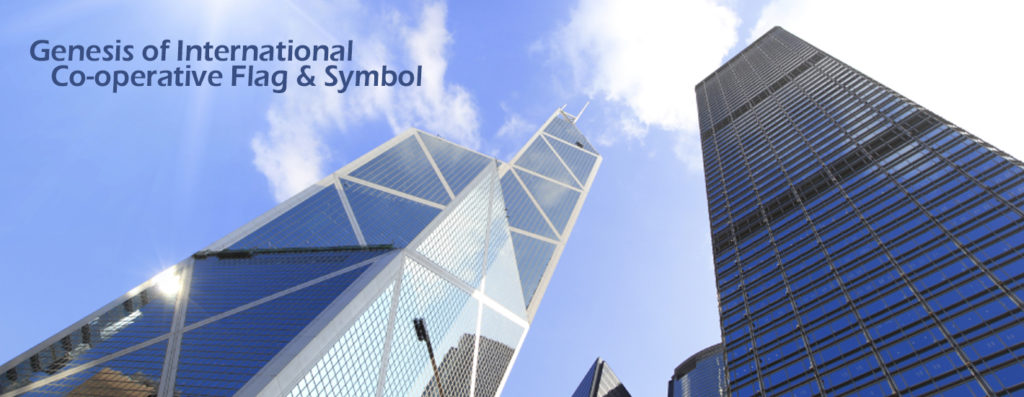
In 1921, in Basel, Switzerland, at the International Co-operative Congress, it was resolved that –
01. To define the growing Co-operative Movements, common values and ideals a special event should be organized ; and
02. to develop an international Co-operative Symbol to celebrate the movement’s growing diversity.
In Ersen, Germany, 1922 it was decided that and International Co-operative Day would be celebrated and wanted to design an international Co-operative symbol and flag for the first Co-operative day.
Different ideas and designs were collected from the artists all over the world. But it was hard to decide on an image that would please every body.
Eventually, a famous French co-operator, Professor Charles Gide, suggested the ‘Seven Colours of the Rainbow’ for the flag. He pointed out that the rainbow symbolized Unity in diversity and the power of light, enlightenment and progress.
The International leaders of co-operative fraternity liked the idea and after some experiments with different designs and clothes, in 1924 ‘International Co-operative Flag’ was finalized and adopted as an official symbol of the international Co-operative Movement in 1925.